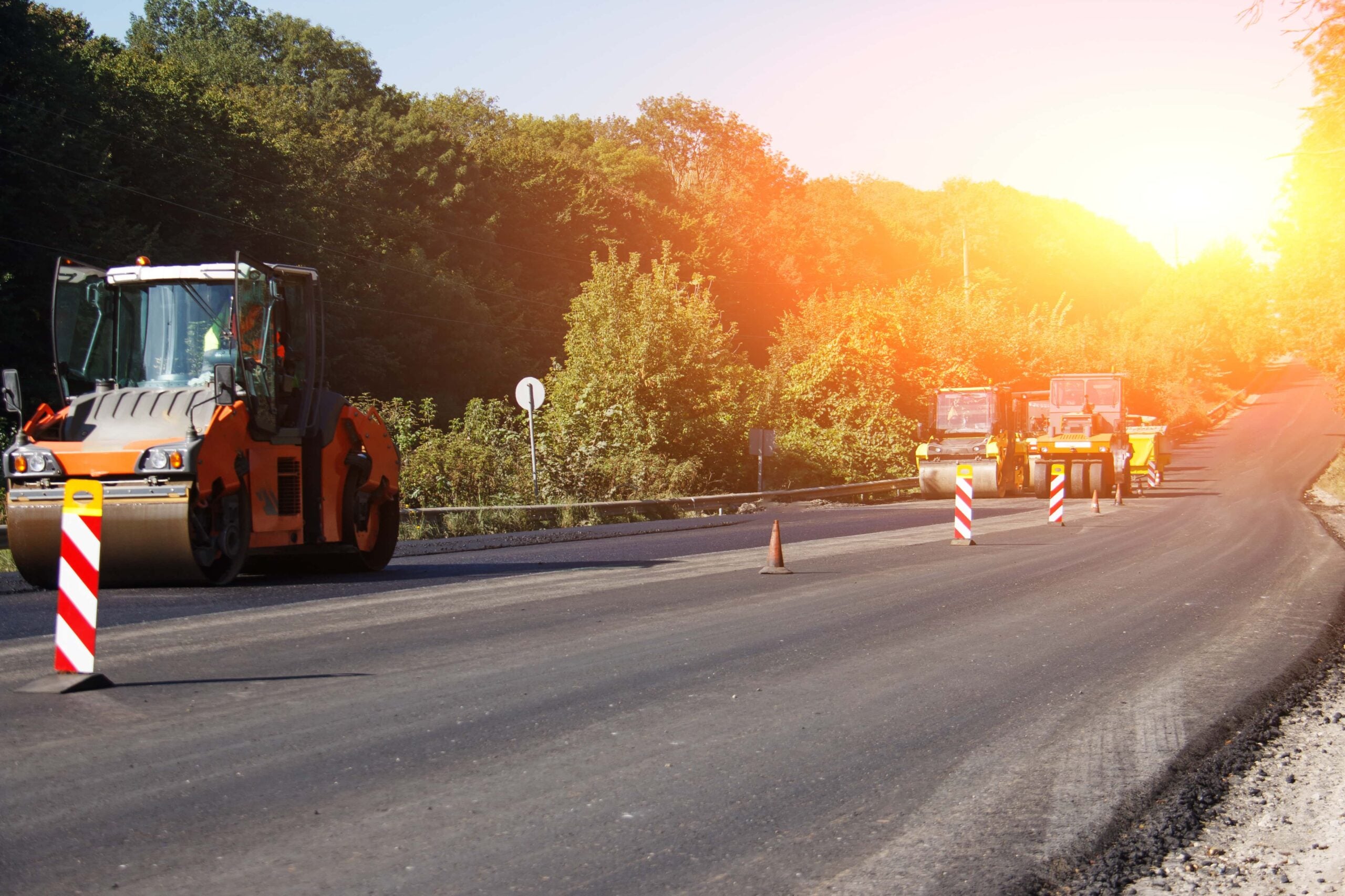Can you imagine being able to monitor the state of our road pavements through video images and thus manage the roads and roads in poor condition? Do you imagine that, in addition, this technology is free to use and free of charge? Good news! This technology exists and is called Pavimenta2.
Road asset management is crucial to efficiently and effectively manage transport infrastructure.
This implies allocating resources strategically to optimize road safety, extend the useful life of the roads, improve the traffic flow, evaluate the performance and guarantee the satisfaction of the users.
In Latin America and the Caribbean, entities face some obstacles that make it difficult to effectively and efficiently maintain the transport networks, which can lead to a progressive and costly deterioration of the road network in the region.
Additionally, the planning for the investment of resources is often insufficient, revealing a lack of coherence in the decisions and losing the focus on a vision of maintenance and integral investment.
Many times it takes too long to decide which are the priorities because the current state of the road network is not known, since there are no updated data and the geographic information systems do not show the reality.
The deterioration of a country’s road network can lead to multiple negative economic consequences, including high maintenance costs, increased traffic congestion, increased logistical costs, impact on internal and external trade, lower investment attraction, security risks road, impact on tourism, uneven regional development, reduced productivity and negative effects on the environment. As an example, defective roads are a real danger for drivers, causing accidents, injuries and fatalities. In Latin America and the Caribbean each year 110,000 people lose their lives in traffic accidents. In an exercise to quantify the costs of injuries in traffic accidents, data from Argentina, Colombia, Mexico and Paraguay were taken, and these oscillate between 1.5% and 3.9% of the national GDP, which are orders of magnitude higher than current investments in road safety. 1
Bearing in mind these challenges and a panorama where the benefits of technology are so evident and broad, it is difficult to find reasons not to take advantage of it.
The IDB Pavimenta2 platform, is an innovative tool that uses Artificial Intelligence (AI) to detect, classify and quantify other types of attributes on the pavement; as well as to evaluate the signalling of vertical traffic.
Pavimenta2 allows public and private entities to process videos of roads and generate reports with detailed analysis of the defects found on the pavement; as well as the vertical road signalling. Additionally, it allows to view the results in a geo-referenced way on different platforms of geographic information systems. With Pavimenta2 you can even estimate the maintenance costs associated with the failures detected.
Pavimenta2 automates the process of documenting, measuring and recording road defects, reducing the processing time from years to weeks. This leads to an evolution in the resilience of the roads, anticipating repairs and avoiding critical situations. Likewise, the use of artificial intelligence by companies adds significant value to the road maintenance strategy. Ultimately, technology such as Pavimenta2 offers the opportunity to optimize and modernize road management, benefiting both the entities involved and society in general.
To promote the adoption of Pavimenta2 for the management of road assets, it is essential to improve the skills of leaders and relevant teams; carry out pilot tests to demonstrate its effectiveness in real situations; train users; guarantee its integration with existing systems; obtain the support from senior management; and effectively communicate the positive results obtained. This process of awareness, evaluation and support will ensure a successful implementation; and will maximize the benefits of tools such as Pavimenta2 in the optimization of the management of road assets.
Embracing emerging technologies is essential to modernize our physical infrastructure in a meaningful way.
Through the incorporation of the Internet of things, Artificial Intelligence, augmented reality and automation, we can revolutionize the way in which we build and manage roads, buildings and other structures; achieving real-time monitoring, problem prediction, efficient construction and adaptation to them changing needs. The digital infrastructure on the ground boosts efficiency, but it also improves the quality of life and resilience of our communities.
If you want to know more, write to [email protected].


Leave a Reply